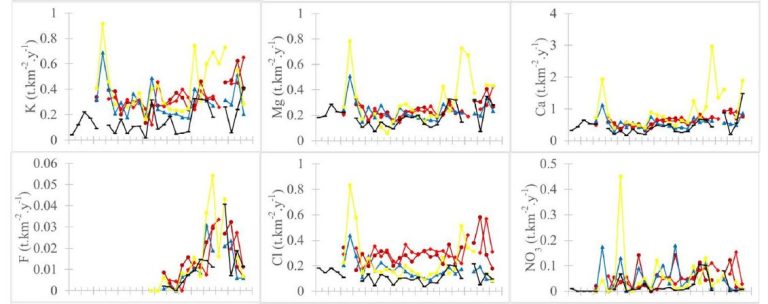A float-controlled self-contained laser gauge for monitoring river levels in tropical environments
In this paper Dr Pierret and colleagues present the design, construction and performance of a self-contained float-controlled water level gauge for monitoring water levels in streams and small rivers. This device is inexpensive (cost of about EUR 220), easy to build (no electronics skills or specialized tools required; assembled in a few hours) and straightforward to use. The gauge remains autonomously operational for several weeks in remote locations without the need for an external power supply or solar panel and in the harsh tropical climatic conditions. Data can be downloaded wirelessly in the field using an Android smartphone or tablet. This gauge is capable of a measurement precision of ±1 mm at temperatures ranging from 20 to 30 °C and accurate to within 2 mm of manual readings in a controlled laboratory environment. In the field, the mean absolute error (MAE) of measurements taken with the water level gauge compared to that obtained with the OTT-SE200 − a commercial float-controlled angle encoder water level gauge − over a full tropical rainy season and for a measurement range of 0.5 m, was 2.6 mm (n = 8,017). This paper was published open access in the HardwareX journal.

















